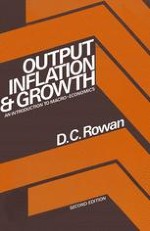1974 | Book | 2. edition
Disciplines
DE
EN
